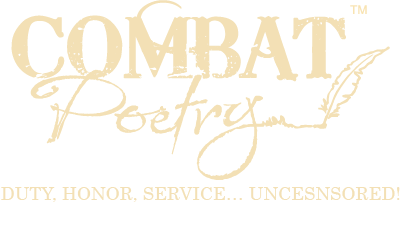@alissaalves612
Profile
Registered: 6 months, 3 weeks ago
Understanding Dangerous Goods: Why Taking a Course is Essential
Dealing with dangerous goods is not just a matter of compliance—it’s a critical facet of safety, efficiency, and legal responsibility in quite a few industries. Dangerous items, additionally known as hazardous supplies, embrace substances or items that pose risks to health, safety, property, or the environment. These can range from flammable liquids and toxic chemical substances to radioactive supplies and explosives. Whether or not you work in logistics, manufacturing, healthcare, aviation, or shipping, understanding the best way to safely manage these goods is crucial. That’s the place a licensed harmful items course comes in.
What Are Dangerous Items?
Dangerous items are categorized by the United Nations into 9 lessons primarily based on their characteristics: explosives, gases, flammable liquids, flammable solids, oxidizing substances, poisonous and infectious substances, radioactive supplies, corrosives, and miscellaneous dangerous substances. Each class comes with specific dealing with, storage, labeling, and transportation requirements. Incorrect handling of these supplies can lead to severe consequences equivalent to fires, environmental damage, and even lack of life.
The Significance of Training
A dangerous goods course provides essential training on methods to safely and legally deal with hazardous materials. These courses are designed to fulfill worldwide standards reminiscent of those set by the Worldwide Air Transport Affiliation (IATA), Worldwide Maritime Organization (IMO), and national laws like those from the Department of Transportation (DOT) or equal local authorities.
Training typically covers key areas resembling:
Identification and classification of dangerous goods
Proper packaging and labeling
Documentation and declaration procedures
Emergency response protocols
Safety and risk assessment
Whether or not you're a warehouse employee, freight forwarder, driver, or concerned in customs clearance, understanding these procedures can significantly reduce the risks related with dangerous goods.
Legal Compliance and Liability
Firms that handle dangerous goods are legally obligated to train their employees according to local and international laws. Failure to conform may end up in heavy fines, legal actions, and damage to a company’s reputation. Moreover, if an incident happens and it's discovered that proper training wasn’t provided, the business can be held liable for damages, injuries, or deaths. Taking a certified course helps make sure that all operations involving harmful items meet the required legal and safety standards.
Boosting Effectivity and Confidence
Proper training doesn’t just reduce risk—it also improves operational efficiency. Employees who know exactly how one can classify, package, and label items are less likely to make costly errors. Shipments move more smoothly through customs and other regulatory checkpoints when documentation is accurate and in order. In high-pressure environments, trained personnel also can respond to emergencies more successfully, minimizing damage and ensuring the safety of others.
Having a workforce trained in harmful goods management builds confidence throughout the availability chain. Shoppers and partners feel more secure knowing that their goods are being handled by professionals who understand the nuances of safety and compliance.
Who Should Take a Dangerous Items Course?
Anyone whose job includes the handling, storage, or transportation of hazardous supplies should consider a dangerous goods training course. This contains:
Freight and cargo handlers
Shipping and logistics professionals
Airline personnel
Truck drivers and delivery workers
Warehouse staff
Emergency responders
Environmental health and safety officers
Courses are available in various formats—online, in-person, or blended learning—to accommodate completely different schedules and learning preferences. Certifications typically should be renewed each 2-three years, depending on the governing authority.
Final Word
Understanding dangerous items is more than just a regulatory requirement—it’s a cornerstone of safety, effectivity, and accountable enterprise practices. Taking a licensed course equips individuals with the knowledge and skills needed to handle hazardous materials properly, keep away from accidents, and stay compliant with the law. Whether you’re a business owner or an employee, investing in training will not be just essential—it’s a smart move for everyone involved.
Website: https://www.hazmat-course.com
Forums
Topics Started: 0
Replies Created: 0
Forum Role: Participant
